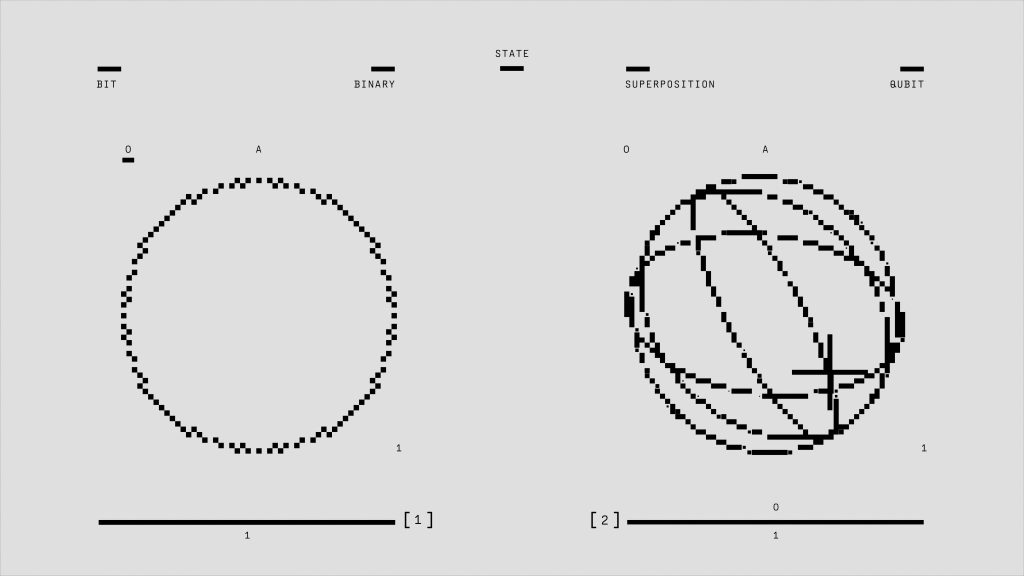Understanding Your Concerns About Network-Attached Storage (NAS) and Data Accessibility
For many users considering a NAS solution, past experiences with data loss or inaccessibility can pose significant concerns. If you’ve previously used a NAS device—such as a LaCie model—and faced challenges recovering data due to proprietary or incompatible file systems, you’re not alone. Modern advancements in NAS hardware and functionality have addressed many of these issues, offering more flexibility and peace of mind.
Reflecting on Past Experiences
Your prior experience with a LaCie NAS set up in RAID 1—a mirrored configuration designed for redundancy—ended abruptly when the device failed, leaving you with two unreadable disks. Attempting to recover data proved difficult, primarily because of the file systems employed at that time, which may have been proprietary or not readily compatible with standard operating systems.
Key Questions About Current NAS Capabilities
A frequent concern among potential NAS users is whether modern devices allow for customizable file system choices. Specifically:
- Can I configure a current NAS (e.g., Terramaster F4-424) to format drives with widely recognized file systems such as FAT32 or ext4?
- If a drive is removed from the NAS after a failure, would it be possible to connect it directly to a computer for data recovery?
Typical File Systems and Compatibility
Modern NAS devices often support multiple file systems or provide options to format drives in a manner that increases flexibility:
- FAT32: Widely compatible across operating systems, including macOS and Windows, but limited in maximum file size (4GB).
- exFAT: Also compatible across many platforms, supporting larger files while maintaining broad compatibility.
- ext4: Commonly used in Linux environments; macOS requires additional software to read ext4-formatted drives, but access remains feasible with the right tools.
Considerations for Mac Users
As a user with a Mac (e.g., M4 Pro), it’s important to note:
- Compatibility: File systems like exFAT and FAT32 are natively supported in macOS.
- Ext4 Support: Requires third-party tools or mounting software to access ext4 drives.
Practical Recommendations
When choosing a NAS:
- Ensure Compatibility: Select a device that supports file systems suitable for your workflow and recovery needs.
- Configure for Flexibility: Opt for drives formatted with exFAT or FAT32 if you intend to remove and connect drives directly to your Mac
Share this content:



